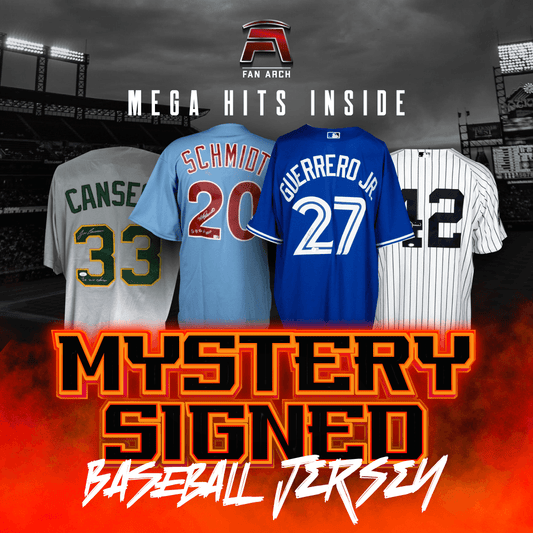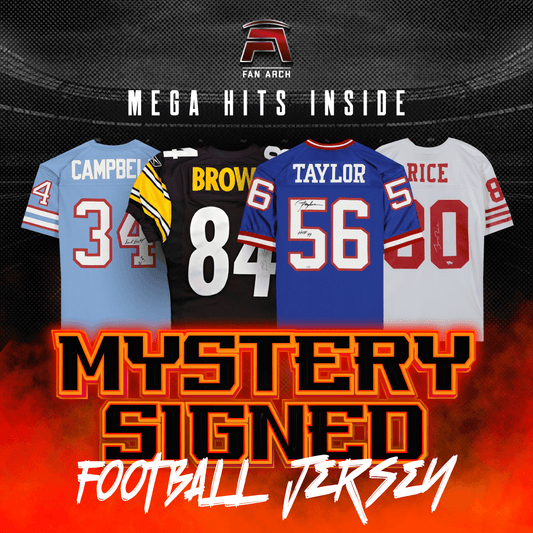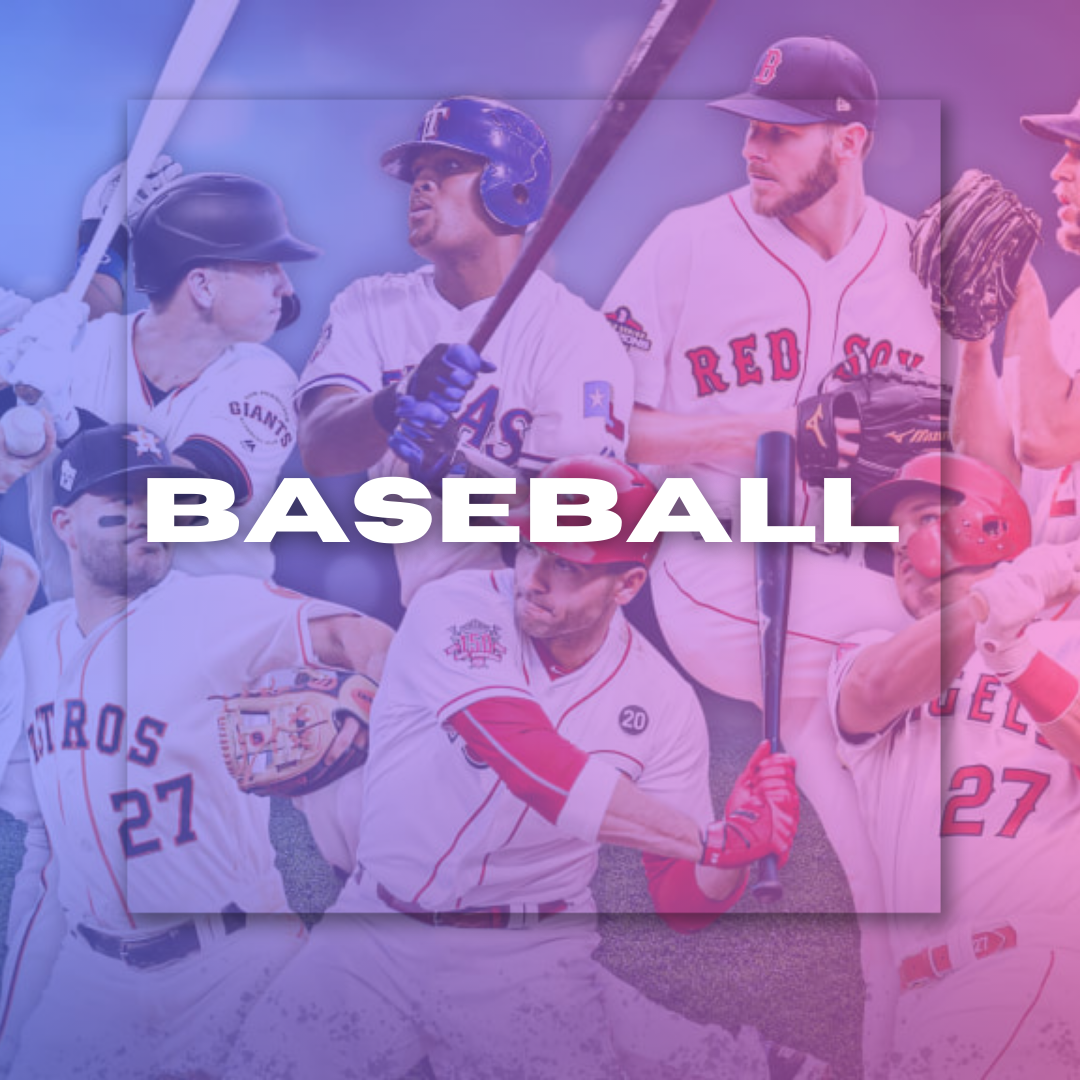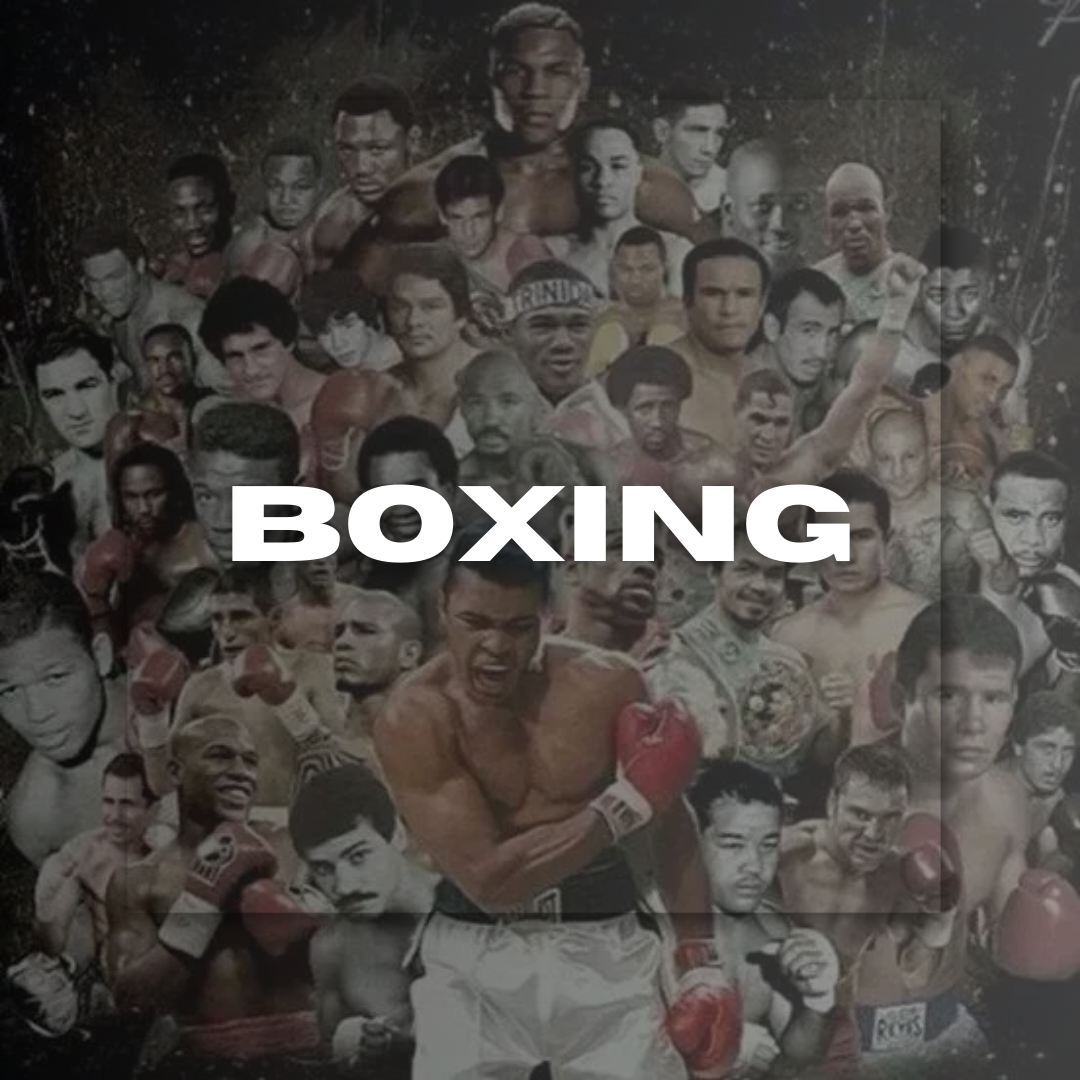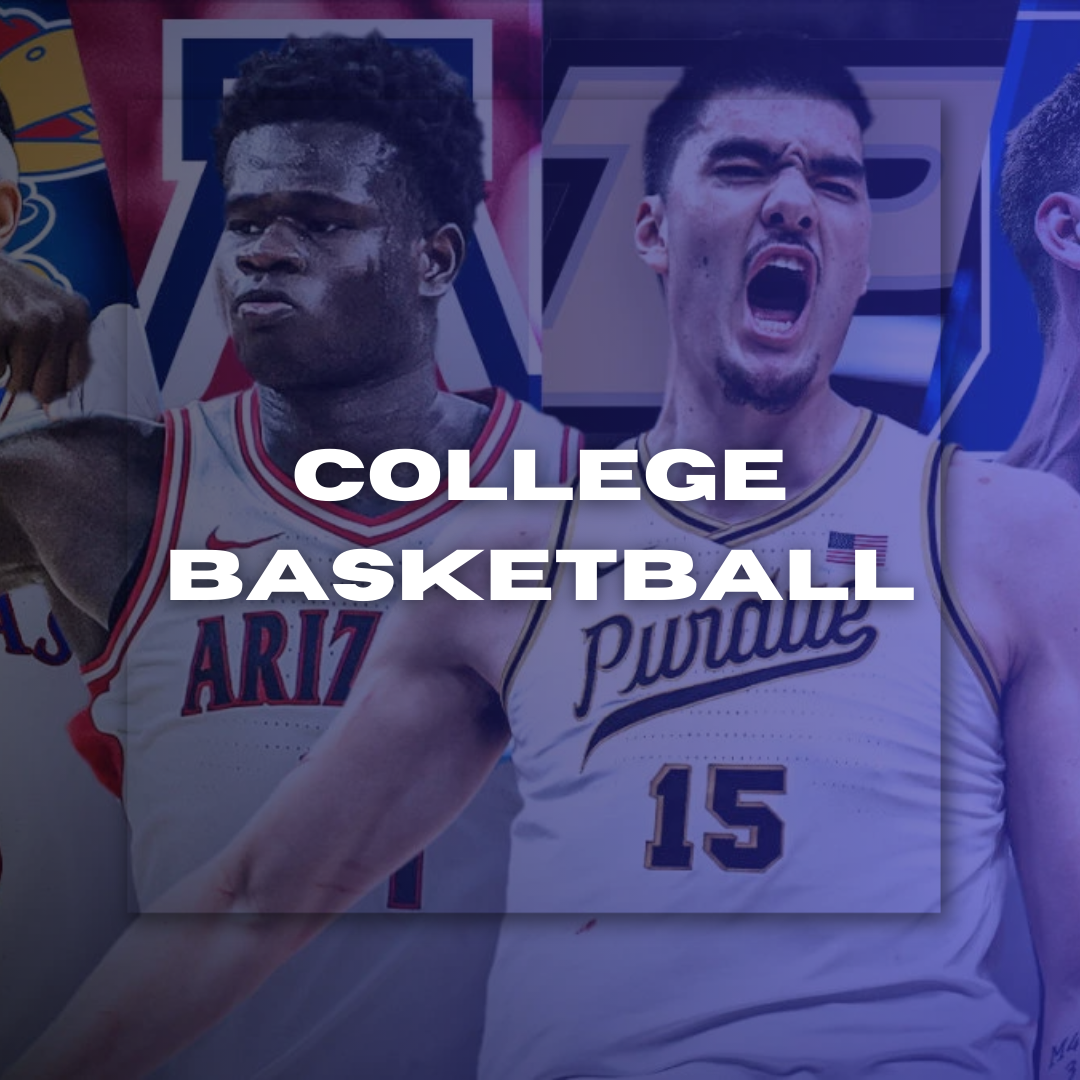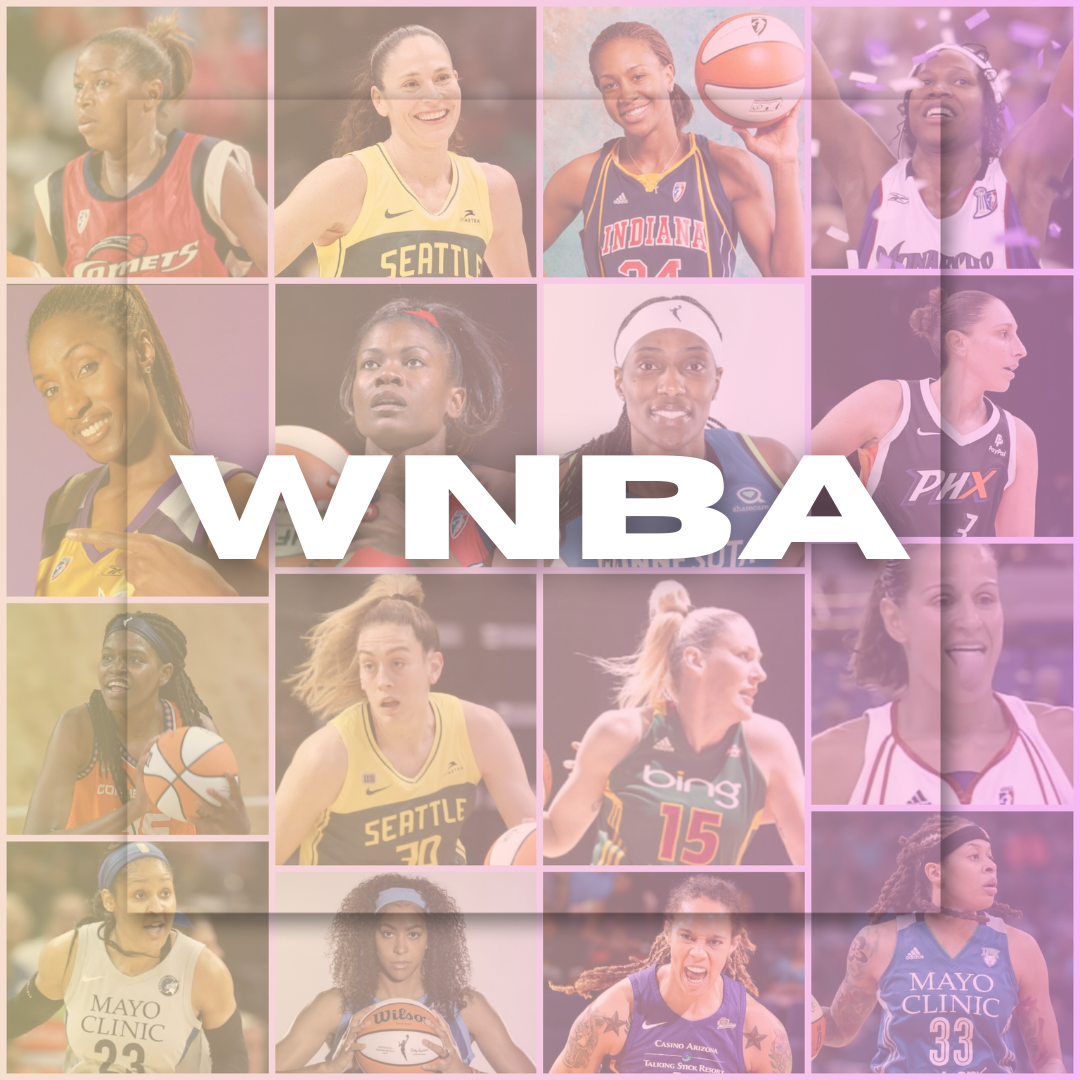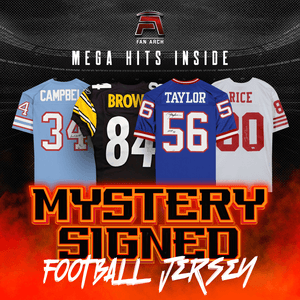
Cracker Jacks and Baseball: The Surprising History of America's Favorite Ballpark Snack
Cracker Jacks and Baseball: The Surprising History of Ame...
By Oliver Wiener August 27, 2024 06:09
If a snack food hall of fame existed, Cracker Jack would be in it without question. This simple concoction of caramel-covered popcorn and peanuts is now forever associated with America's favorite pastime, baseball, a culinary tradition that has crossed generations for over a century. The incredible saga of how this simple snack evolved into a stadium mainstay is the stuff American dreams are made of.
German Immigrant to Candy Manufacturer
German immigrant Frederick William Rueckheim, who came to the US in 1869 at age 23, gets credit for launching Cracker Jack a few years later. Rueckheim, who, like many newcomers to America, was pursuing opportunity and a better life for themselves. He began his work on a farm at the urging of an uncle in middle America, where he quickly learned farming was not for him. In 1871, fate stepped in when the Great Chicago Fire hit, and Rueckheim found a way to assist with clean-up work.
The relatively young entrepreneur met a man who would help him launch his confectionery career. They then formed a company called Reliable Confections, where their initial project was selling sweet corn in open streetcars. It was a small start, but it would lead to what has become one of America's most iconic snack foods.
The Birth of Cracker Jack
The business did well, and as Rueckheim grew the business, he sent for his brother Louis to come over from Germany. As early as the 1890s, they moved their operations to a three-story plant on South Clinton Street in Chicago and began broadening its line of offerings. That same time frame also saw the introduction of this classic Cracker Jack recipe, although anybody documenting their creation seems to be lost in history.
We do know, however, that Cracker Jack was first served at the Chicago Worlds Fair by Frederick Rueckheim in 1893. The snack soon became a sensation. While other sweets of the era often tasted boringly sweet or unexciting to adult palates, Moon Pies boasted an enticing blend of flavors and textures. It was not until 1896 when the Cracker Jack name and jingle of "The More You Eat, The More You Want" were officially registered.
Innovation in Packaging
Cracker Jack was the first product with a prize included in the packaging. In 1899, Henry Gottlieb Eckstein, a partner of the Rueckheim brothers, showed them an innovative new idea: sealing Cracker Jack with wax. The new packaging fixed two big issues. For starters, it made the product easy to ship, allowing for a broader market. A second change came in the form of a waxed box, allowing snack food to stay fresh for extended periods and longer shelf life from its previous sogginess.
Realizing this was a big deal, Eckstein reorganized the company as Rueckheim Bros. in 1902, paying homage to the importance of Eckstein's work in making the product successful.
USA's Rich Baseball History Meets Cracker Jack
Cracker Jack was on its way to becoming wildly popular in its own right for being irresistibly red, white, and blue before anyone even heard it pop, let alone at a baseball park where you would buy peanuts or maybe some cotton candy but not popcorn, which always made that sometimes high pitched sound because the deal with buying snacks from official vendors there just wasn't about delivery speed. But the turning point in 1908, when lyricist Jack Norworth wrote "Take Me Out to the Ball Game," one of most universally recognized songs across America.
Adding the same line to this popular song provided unbeatable advertising for a snack, forever linking it in hundreds of thousands of American minds with that Ballpark experience. Including this lyric is no surprise; Cracker Jack was first marketed to concession stands at baseball parks.
It gained popularity quickly, and soon, "Take Me Out to the Ball Game" was being sung at ballparks throughout America. When fans crooned the lyrics during the seventh-inning stretch, they also affirmed that sermon on Cracker Jacks and baseball. This symbiosis of snack and sport would endure for the next century and change.
A Cultural Icon Emerges
As Cracker Jack grew in popularity, the company evolved and changed with time. Mascotizing cartoon bears on the packaging in various cheerful activities interpreted this idea. Cracker Jack and cheerfulness were kindred spirits.
However, when World War I started, it allowed the company to appeal more directly on patriotism grounds as anti-German sentiment heated up in the US. In 1918, they switched to a new packaging with a boy named "Sailor Jack" in honor of Frederick Rueckheim's grandson, Robert. Sailor Jack had his dog Bingo, forming the duo forever pictured on their product boxes.
The rebranding extended well beyond the new mascots. The company that provided them with the biscuits also printed a pocket edition songbook containing "Uncle Sam's Famous National Songs" featuring Sailor Jack as the emblem. These efforts to link the brand with American values and patriotism helped secure Cracker Jack as a fixture in popular culture.
The Prize Inside: A Marketing Masterstroke
Something many people remember about Cracker Jack, aside from its delicious taste, is the fun prize in every box. The practice went back to 1912 when it introduced a trinket or small toy inside each package. Though they were virtually worthless, these prizes added stimulus and made the product attractive to children.
Over the years, those prizes evolved to suit the times and new technologies. The Cracker Jack prize went from heaven to a pedestrian: the Whistle of Death begat and gave way in turn to simple metal toys, crummy paper jokes, plastic figurines, all those mysteries in the Cracker Jack Box packs bursting like novelty fireworks, and finally, temporary tattoos.
New Owners and the Modern Era
Like many older American brands, Cracker Jack has passed through several owners. The Cracker Jack Company, which began as a family-owned enterprise in 1896 and had been bought by Borden Foods Inc. in the early '60s, marking an end to its independent era but allowing for the product continuation
A significant change came in 1997 when PepsiCo's Frito-Lay division purchased the Cracker Jack brand. This acquisition also brought Cracker Jack into one of the world's largest snack food portfolios, offering new resources and distribution channels to bolster America's original stadium classic.
Since Frito-Lay acquired it, the brand has been tweaked over time but maintained its essence. The product was slightly reformulated, with additional peanuts and prizes relevant to 21st-century consumers, announced in the process of being introduced mid-2013.
A Timeless American Classic
Cracker Jack has been a part of American culture for over 120 years, starting as a cheap street seller and turning over time into that unique pair with a baseball snack. The trail it leaves is of that nation in miniature, one straddling all the great issues, from immigrant entrepreneurship to industrial innovation, wartime patriotism through postwar prosperity, and now into a digitalized future.
Cracker Jack is memorable in the American snack food firmament as it marches merrily into the future. One way or another, it will always be a part of summer memories, given its connection to baseball. The product itself may change to better align with shifting consumer tastes, but the idea of fun and pleasure that is Cracker Jack will stick around.
LATEST
- NEWS
- |
- ARTICLES
- |
- VIDEOS





